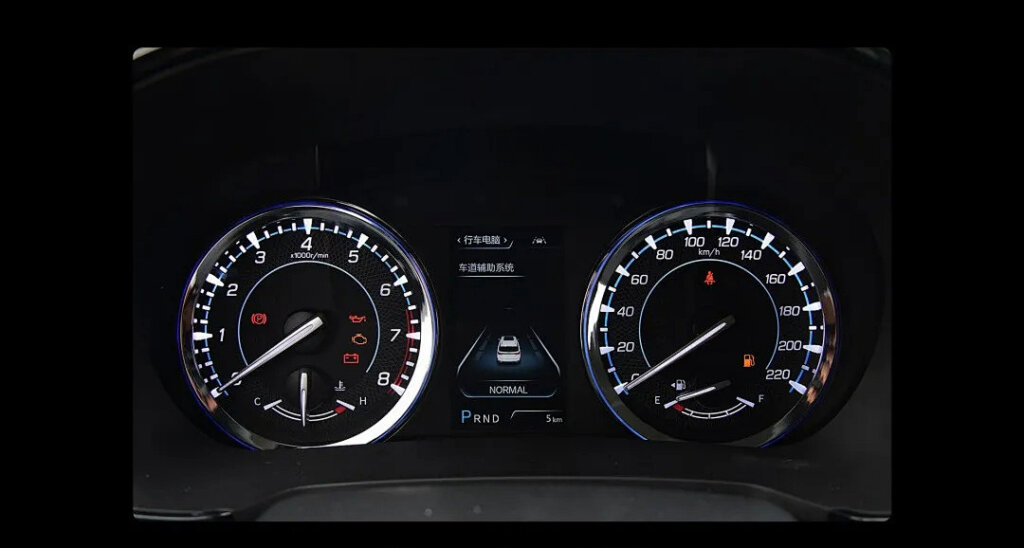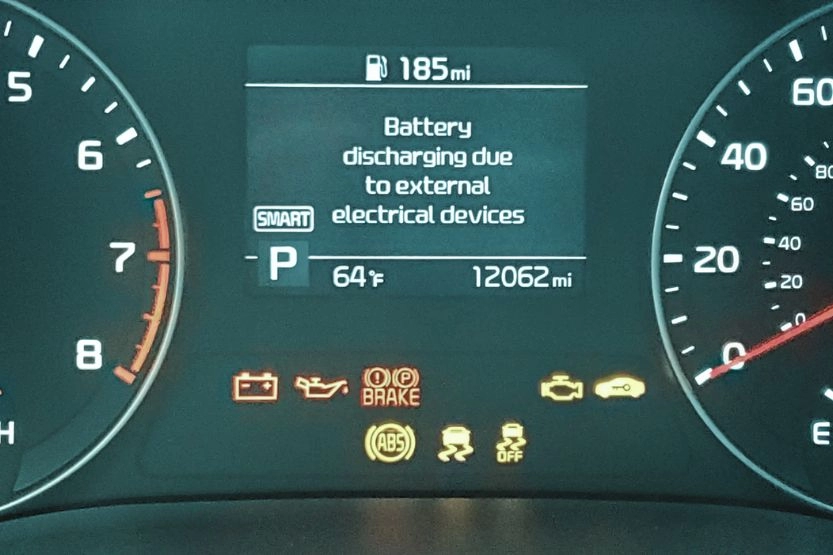Understanding Low Battery Warnings on Your Device
Are you puzzled by the low battery warnings that appear on your device? In this article, we will explore the details of these warnings: what they mean, the factors behind them, common causes, and effective solutions. Whether you’re troubleshooting device issues or aiming to prevent future problems, this comprehensive guide will provide you with the knowledge to maintain battery health.

Part 1: What Does a Low Battery Warning Mean?
A low battery warning indicates that your device’s battery is running low and needs to be charged as soon as possible. When this warning appears, it signifies that your device may soon shut down if it is not connected to a power source. Typically, this warning is presented as a notification or icon on your screen, often accompanied by a message such as “Battery Low” or “Low Battery: Please Charge.”
Ignoring this warning can lead to your device shutting down unexpectedly, potentially causing data loss or impacting your user experience. To avoid this, it’s important to act promptly and charge your device immediately upon seeing the warning.
Part 2: What Factors Affect Battery Discharge?
Temperature
Temperature has a significant impact on the performance and discharge rate of lithium-ion batteries. Both extreme heat and extreme cold can reduce the battery’s capacity and increase its self-discharge rate. To maintain optimal battery performance, it’s essential to avoid exposing batteries to extreme temperature conditions.
Charge and Discharge Cycles
The number of times a lithium-ion battery is charged and discharged affects its overall capacity and discharge rate. Charging and discharging within recommended limits helps maintain capacity and prolong lifespan.
Depth of Discharge
The depth to which a battery is discharged before being recharged influences its performance. Frequently deeply discharging the battery can strain it and accelerate capacity degradation. To maintain battery health, it’s best to avoid fully discharging the battery and recharge it before it reaches critically low levels.
Standby Time
Even when a device is not in use, the battery will slowly discharge on its own (self-discharge). This rate varies depending on factors such as battery quality, temperature, and storage conditions. If a device won’t be used for an extended period, store it partially charged to minimize self-discharge.
Battery Aging
As batteries age, they naturally degrade, leading to decreased capacity and increased discharge rates. Older batteries tend to discharge more quickly than newer ones. Replacing aging batteries as needed can help maintain your device’s battery life.
Part 3: What Causes Low Battery Warnings?
Low Battery Level
The most common cause of a low battery warning is simply that the battery level has dropped below a preset threshold. Most devices are programmed to warn users to recharge when the battery reaches a critically low level.
High-Intensity Usage
Using a device intensively, such as playing high-performance games, streaming high-definition videos, or running multiple applications simultaneously, can rapidly deplete the battery, triggering a low battery warning.
Background Processes
Certain applications and processes running in the background may consume significant battery power without your knowledge. These tasks can cause the battery to drain more quickly and may lead to unexpected low battery warnings.
Poor Signal Strength
For mobile devices, a weak or unstable network connection requires more power to maintain or search for a signal connection. The constant effort to establish or maintain a connection in these situations can lead to rapid battery drain and trigger battery warnings.
Understanding these causes and taking appropriate measures can help you manage your device’s battery effectively and extend its lifespan. If you’re interested in learning about how various types of batteries perform under different conditions, consider reading more about lithium vs lead-acid batteries and their advantages.
Low Battery Warning
Battery Failure or Hardware Issue
Sometimes, battery failure or hardware components can cause abnormal battery drain, leading to premature low battery warnings. Issues such as battery aging, faulty charging circuits, or physical damage can contribute to this.
Software Glitches
Software bugs in the operating system or specific applications can also lead to abnormal battery consumption, triggering false low battery warnings. Updating your device’s software to the latest version or troubleshooting problematic apps can help resolve these issues.
Extreme Temperatures
Exposure to extreme temperatures, whether too hot or too cold, can affect battery performance and lead to faster discharge rates. In such cases, the device may display a low battery warning to prevent battery damage.
Part 4: How to Troubleshoot Low Battery Warnings?
Perform a Battery Capacity Test
Required Tools: Battery capacity tester or multimeter with battery testing capabilities.
- Disconnect the Battery: Safely disconnect the battery from the device or power source.
- Connect the Tester: Connect the battery tester or multimeter to the battery terminals, ensuring correct polarity (positive to positive, negative to negative).
- Interpret the Results: The tester will display the battery’s capacity or health. Compare these results to the battery’s rated capacity to determine if the battery needs replacement or repair.
Charge the Battery
Properly charging the battery can help resolve low battery warnings.
- Use the Correct Charger: Ensure the charger matches the battery’s voltage and current specifications.
- Connect the Battery: Connect the battery to the charger, verifying correct polarity.
- Monitor the Charging Process: Closely monitor the charging process to avoid overcharging and ensure the charger is functioning correctly.
- Disconnect the Charger: Once the battery reaches a full or the desired charge level, disconnect the charger and remove the battery.
Perform Battery Maintenance
Maintaining your battery can help prevent low battery warnings.
- Clean Battery Terminals: Regularly clean the battery terminals with a soft cloth or brush to remove dirt, corrosion, or residue that may affect electrical contact.
- Check for Damage: Inspect the battery for physical damage, such as cracks, bulging, or leaks. If damage is present, the battery may need replacement.
- Avoid Deep Discharges: Avoid frequently fully discharging the battery. Charge the battery before it reaches critically low levels to reduce stress and maintain capacity.
Replace the Battery
Consider replacing the battery if:
- Persistent Issues: Low battery warnings persist despite troubleshooting efforts.
- Aging and Degradation: The battery has aged or significantly degraded, affecting its performance.
- Inability to Hold Charge: The battery no longer holds a charge or drains rapidly, even after being charged.
When replacing the battery:
- Choose a Compatible Replacement: Select a battery that matches the device’s specifications.
- Consider Quality: Choose a high-quality replacement battery from a reputable manufacturer to ensure durability and reliability.
Part 5: Conclusion
Understanding the implications of low battery warnings and their causes is crucial for maintaining your device in optimal condition. By taking proactive measures such as proper charging, regular maintenance, and timely battery replacement, you can effectively address low battery warnings and ensure uninterrupted device usage.








